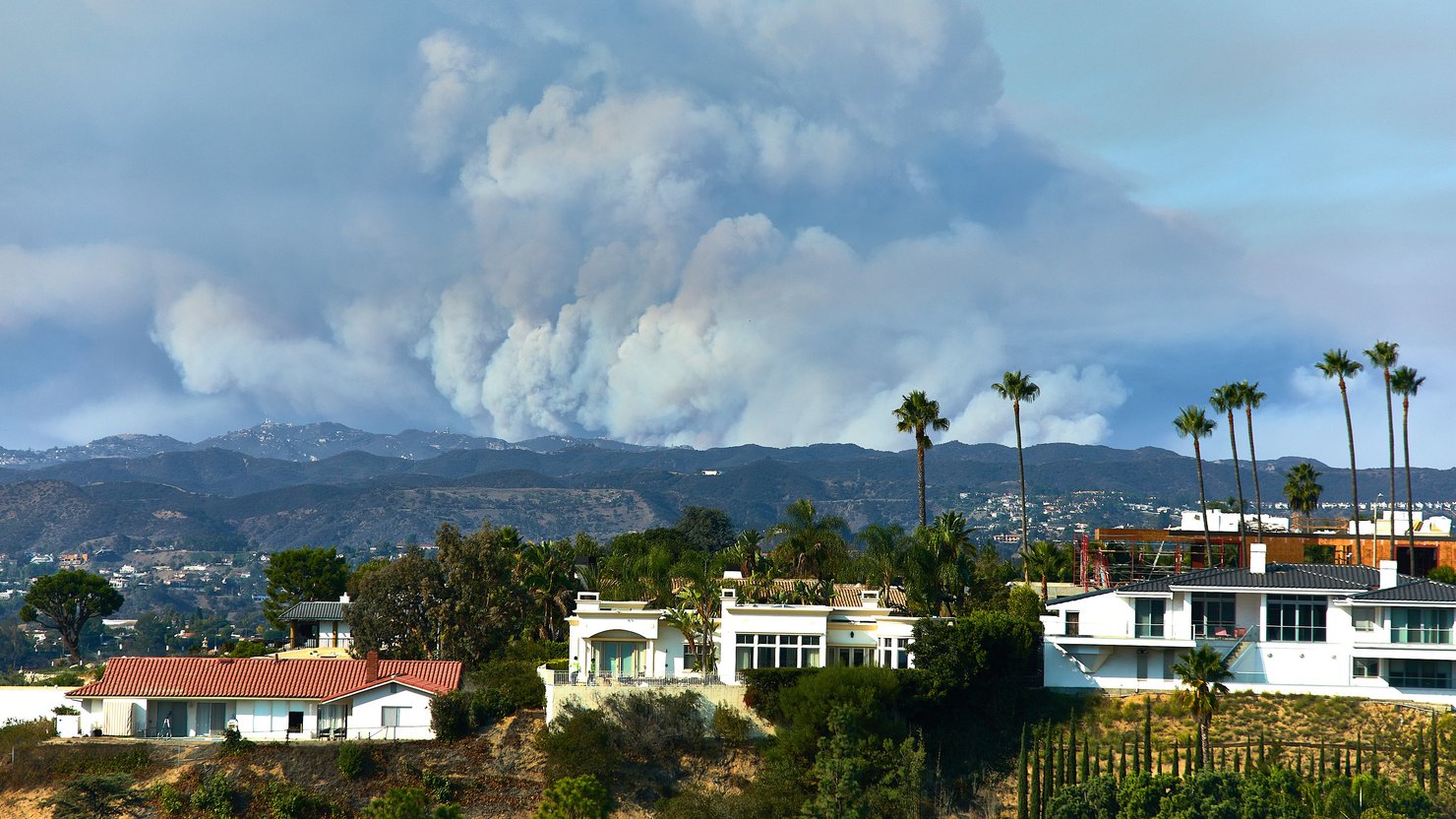Twice a month, we’re compiling the most relevant news stories from diverse sources online, connecting the latest environmental and energy economics research to global current events, real-time public discourse, and policy decisions. Keep reading, and feel free to send us your feedback.
Here are some questions we’re asking and addressing with our research chops this week:
As the Inflation Reduction Act rolled out in 2022, how has Resources for the Future offered useful perspective?
The US Environmental Protection Agency has announced its plans for distributing $27 billion through a new Greenhouse Gas Reduction Fund. The agency will grant $20 billion to local pollution-reduction and energy projects and $7 billion to support the installation of solar energy technology in disadvantaged communities. Money for the fund is provided by the Inflation Reduction Act, which has supercharged the US climate policy toolbox. President and CEO of Resources for the Future (RFF) Richard G. Newell expounds on the significance of this groundbreaking climate law in RFF’s Annual Report for 2022: “Unlike any other major US environmental legislation to date, the Inflation Reduction Act relies heavily on ‘carrots’—financial incentives such as tax breaks that encourage moves toward clean energy technologies—rather than ‘sticks’ in the form of mandates or fees.” RFF’s new Annual Report features major highlights of RFF research and impact from the past year, including work on electric vehicle subsidies that are outlined in the Inflation Reduction Act, new tax breaks for hydrogen fuel infrastructure in the legislation, updates to the social cost of carbon, the Net-Zero Economy Summit that celebrated RFF’s 70th anniversary, and more.
How are housing markets responding to the increased risk of weather-related disasters due to climate change?
Americans are moving south: Florida, Texas, and South Carolina were the most favored destinations for Americans who relocated in 2022. Part of the motivation for this trend seems to be housing costs; New York and California, for example, are home to some of the nation’s most expensive cities and lost the most inhabitants of all US states in 2022. Hot real estate markets in southern states, however, may not be accounting for the risk of extreme weather. In a recent blog post, RFF Fellow Yanjun (Penny) Liao discusses her new coauthored study, which finds that homes in areas that are vulnerable to flooding are overvalued by $121–$237 billion. Homes are overvalued the most in Florida, third-most in Texas, and fifth-most in South Carolina—primarily in coastal counties of all three states. “Home prices are overvalued in risky areas because people do not fully factor in the expected cost of flood damage to risky properties when they’re making the decision to purchase a home,” says Liao.
What tools are available to mitigate the long-term effects of pollution on local communities?
Earlier this month, a train derailment in East Palestine, Ohio, released hazardous chemicals into the air and local water sources. Public officials have since stated that they have not detected concerning levels of these chemicals in East Palestine’s water system nor in nearby tributaries of the Ohio River. The region is familiar with industrial pollution: Youngstown, a city 20 miles north of East Palestine, experienced years of pollution associated with the city’s steel industry. This type of long-term, and compounding, pollution from various sources falls into a class of environmental stressors that are known as “cumulative impacts.” Ana Baptista, an associate professor at the New School in New York City, joined an episode of Resources Radio to discuss a recent New Jersey law that seeks to address cumulative impacts. “The legislation requires the state to say no to industries that will contribute any absolute amount of pollution in a community that’s already experiencing above-average stressors,” says Baptista.

Expert Perspectives
In Focus: Changing Land Use Policies in the Amazon
The new president of Brazil, Luiz Inácio Lula da Silva (known as Lula), has set the goal of achieving net-zero deforestation in the Brazilian Amazon by 2030. In the latest installment of our In Focus video series, RFF Senior Fellow and Land Use, Forestry, and Agriculture Program Director James Boyd discusses the current pace of deforestation in the Amazon, potential difficulties that Lula’s administration may face in reaching its 2030 goal, and why the Amazon is important to health of the climate.

Resources Roundup

How Can Disasters Damage Local Government Budgets?
Weather-related disasters can affect the fiscal health of local governments, potentially increasing expenditures and decreasing tax revenues in the counties where disasters strike. In a new episode of Resources Radio, RFF scholar Yanjun (Penny) Liao explains the difficulties that local governments face when attempting to balance their budgets in the wake of wildfires, floods, or hurricanes. “The local government’s fiscal health is closely associated with the long-term prospects of the community,” says Liao.
Reducing the Frequency of High-Ozone Events
Areas throughout the United States can fall short of air-quality standards due to high concentrations of nitrogen oxides, a precursor to ozone, which in turn harms human health and the environment. In a recent working paper, RFF Senior Fellow Joshua Linn and coauthor Christopher Holt examine the potential for a cost-effective strategy of reducing instances of high-ozone activity, which involves differentiated prices that vary in time or space. “The cost savings from a differentiated price depend on the accuracy of the policymaker’s prediction of the effect of emissions on high-ozone events,” say Holt and Linn.
Reviewing the Updated Social Cost of Carbon
The US Environmental Protection Agency (EPA) has revised its estimate of the societal cost of each additional ton of carbon dioxide that’s emitted into the atmosphere. Last week, RFF scholars submitted comments on EPA’s updated estimate. “We write to state that EPA’s proposed update to the estimates of the social cost of greenhouse gases … represents the best available science,” the researchers say.

🎨 Climate in the Culture 🎵

High-profile advertisements have become tradition for the culminating game of the National Football League season: the Super Bowl aired on February 12. While this year’s Super Bowl saw only three commercials for electric vehicles, compared to a record of seven last year, the type of electric vehicle that was highlighted remained the same. Automakers promoted trucks and SUVs, stressing the power and range afforded by the batteries in these vehicles. While larger vehicles tend to drive new sales in the United States, the climate benefits of larger electric vehicles recently have come under increased scrutiny because of the additional critical minerals and electricity required to produce and charge their batteries—no touchdown celebrations for electric vehicles and the climate just yet.









